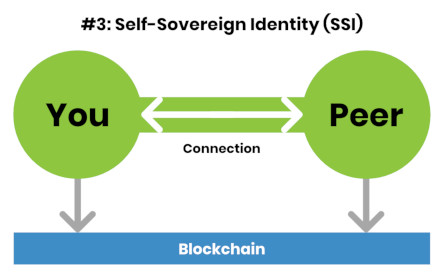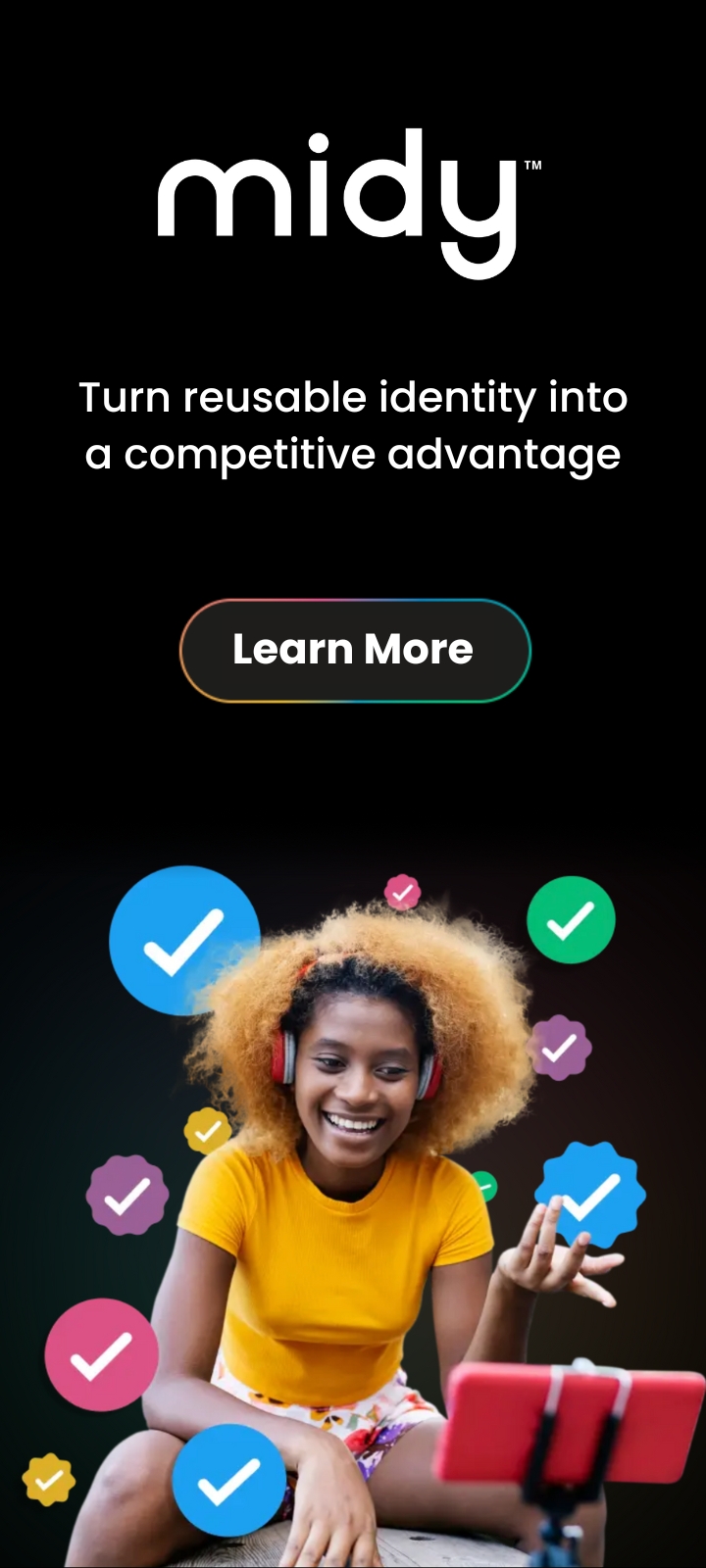Insurance agencies face a number of challenges in adapting and responding to emerging technologies, but embracing new technology is proving particularly critical to their success. The 2018 Insurance Barometer Study notes that 58% of millennials don’t know how much or what type of life insurance coverage they need, and nearly 40% believe they wouldn’t even qualify for coverage. Not only do customers not enjoy thinking about insurance, but many have a difficult time figuring out what type of insurance they need and are misinformed about their ability to afford or qualify for coverage.
Insurance products are becoming increasingly customized to serve different customers and those who already have insurance often feel that they have to switch providers to avoid being exploited for their loyalty. Customers want to be informed about their options without feeling like they’re being spammed or patronized, and they demand to be educated and served using digital channels. As emerging technologies change existing norms and introduce new risks and models for providing insurance, promoting effective communication with customers will remain a key challenge.
Insurance providers already struggle to connect with consumers in ways that create trust. The Chartered Insurance Institute’s (CII) 2019 CII Trust Index shows that building loyalty and confidence among consumers offers the largest opportunity to improve their services. For customers, onboarding, payment processing, and policy renewal require the often redundant sharing of personal information to ensure that insurance companies can make sure they know with whom they’re talking.

Gaining trust and loyalty means finding more effective ways to communicate with customers. It remains difficult to engage with customers because the tools we use to identify each other remain stuck in the past. Products and services created with a new model for digital identity referred to as decentralized or self-sovereign identity will transform the way insurance agencies interact with their customers and provide consumers with greater convenience, personalization, and security when shopping for insurance products or communicating with existing providers.
This article provides an overview of what decentralized identity is and how it can help insurance agencies elevate their customer experience.
What is decentralized identity?
To understand how the development of digital identity has led to decentralized identity, it helps to learn about the models that preceded it and why they came to exist.
The Internet gave people the ability to share information around the globe instantaneously, which has led to all kinds of interesting new ways to communicate. At first, all of the information on the Internet was public because there wasn’t a way to hide it.
Enter Siloed Identity. To make it so information could be selectively shared across the Internet, we created a system allowing users to create usernames and passwords. We refer to this model as “siloed” or “centralized” because both the web host then has to store those usernames and passwords in a database so they can be recognized when a user goes to log in. Most of us have so many passwords that we now use password managers, which count as even more silos that hackers can attack to steal valuable information.
Once people began using more online services and mobile applications, creating new usernames and passwords became a source of friction. Companies developed Single Sign-On (SSO) to allow users to employ the same set of credentials when using different services in the same online ecosystem. A common example would be the ability to access Gmail, YouTube, and other services from Google after logging into your account.
SSO quickly paved the way for Federated Identity, which enables users to log into different online services using credentials from a separate ecosystem. Anytime you see a “Sign in with Google” or “Sign in with Facebook” button, you’re seeing an example of federated identity. This model makes it easier to access websites and applications, but it does so by sacrificing the security of the information being exchanged. Federated identity may mean fewer data silos, but it doesn’t mean users have any idea what happens to their information once it enters a silo. We moved from many silos to a few big silos.
For example, when a user clicks “Sign on with Facebook,” they have suddenly agreed to share their information with both Facebook and the service they’re logging into.
Decentralized Identity (or self-sovereign identity) aims to put users in control of their information by providing digital wallets that allow people to carry verifiable data about themselves and their relationships to other people, devices, and organizations.
Think about it like this: the license we keep in our physical wallets has both personal information and security features that allow someone presented with the license to see that the license is valid and was issued by a government agency. Similarly, decentralized identity allows us to carry and share information along with a proof stored on a public ledger that enables whoever is presented with the information to see who validated the information and to evaluate its authenticity.

How does decentralized identity improve the customer experience?
Insurance agents and brokers who care about providing their customers with personalized experiences and frictionless support need to be prepared to use the best technologies available. Adopting tools that use protocols for decentralized identity essentially provides insurance agencies with direct lines of communication to each one of their customers.
Any time a new customer needs to be onboarded, access web services or mobile applications, pay bills, communicate with customer service, or update their information, insurance agencies have to copy and paste the customer’s information and worry about how to keep it safe. Decentralized identity changes this narrative by enabling customers to present agencies with verifiable information about themselves and accomplish those same tasks with greater ease. Agencies will still need to collect and store information from their customers; but once a customer has been onboarded, it will be both safer and easier than ever to identify and communicate with them.
The next time you have to file an insurance claim or renew your policy, imagine being able to see the information your insurance agency needs to complete the task and share it without having to fill out your personal information all over again. In the same way that software companies ask for specific permissions when a user downloads an app, the customer will be able to see all of the different types of information being requested and select which data they’re willing to provide. Your insurance company gets the information they need and you get to enjoy the benefits of having insurance in a way that’s both convenient and secure.
Additional benefits for insurance companies
Making it easier to collect information from customers also makes it easier to develop increasingly personalized insurance products. Daniel Schreiber, CEO of Lemonade Insurance, explains that, “Insurance is about using statistics to price risk, which is why data, properly collected and used, can transform the core of the product.” Data from Ernst and Young shows that 44% of customers had no contact with insurers over the prior 18 months. Making it safer and easier for insurance providers to communicate enables proactive agencies and brokers to gain the trust of their customers and ask the questions necessary to create more desirable products and services.
Not only will customers face less friction when accessing services, but they also get to enjoy the peace of mind that comes with the ability to retain greater control over the use of their personal information. For agencies, this makes decentralized identity a powerful weapon in the fight against fraud. The FBI estimates the total cost of insurance fraud (excluding health insurance) at $40 billion a year, adding an extra $400 to $700 a year in premiums for the average family. Using decentralized identity to establish secure communication with customers isn’t just about making communication more convenient; it’s also about making it more secure.
Identity as a competitive advantage
Demand for digital services from insurance agencies can be expected to grow as the market for insurance among millennials and coming generations matures. The 2018 Global Insurance Trends Analysis by Ernst & Young estimates that at least one major insurer will fall victim to the disruption caused by the rise of technologies like autonomous vehicles, IoT, and AR/VR before 2025. Adopting new technology can be difficult due to the investment of time, money, and education involved, but it can also mean the difference between staying competitive and getting left behind.
Creating effective digital experiences means ensuring consistency between the channels used to deliver services. Prospective customers need to feel as comfortable using an insurance agency’s website and mobile application to purchase insurance products as they do when speaking to a financial advisor in person or over the phone. Providing effective digital services will be a requirement for companies that want to continue to serve new generations of customers.
To start your decentralized identity journey, check out our Early Access Plan, in which our experts will work with you to craft and test a business case tailored to your organizational needs. Members receive early access to all of our products, as well as tailored learning tracks and opportunities to collaborate with a growing customer ecosystem spanning insurance, healthcare, finance, and government.
Thanks for reading!Want more resources on all things decentralized identity? |

